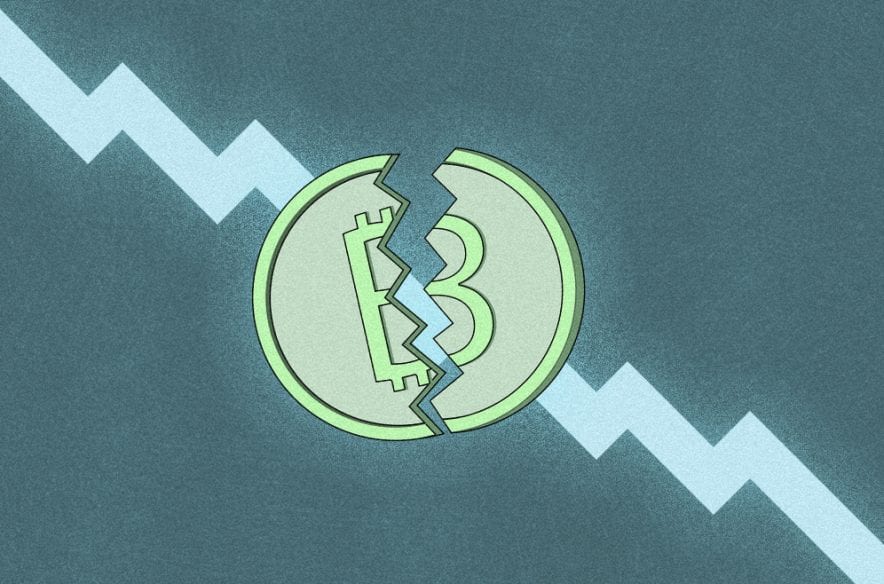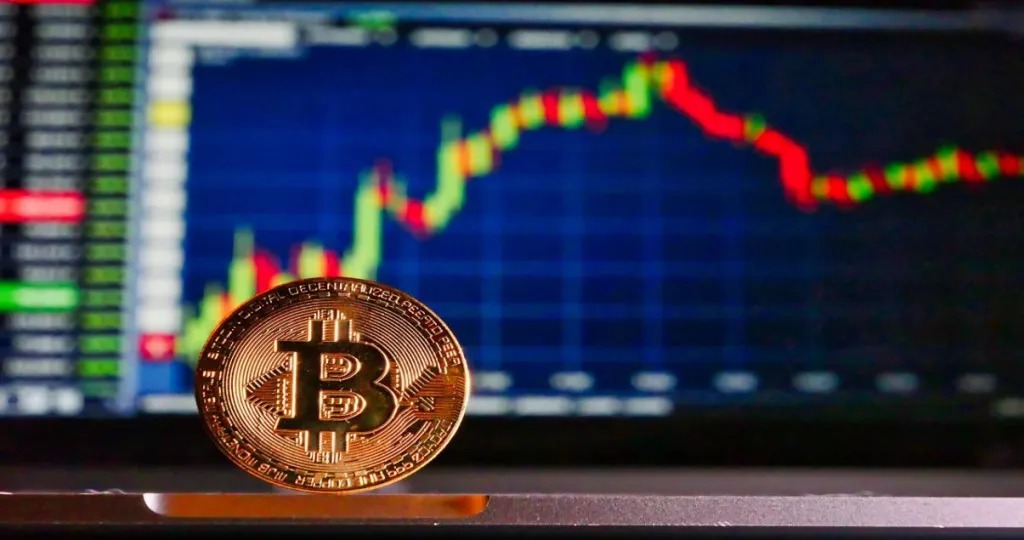The Crypto Crash: Reasons why Crypto market Hits Bottom.
The cryptocurrency market is sinking to new lows every day. Bitcoin, the world’s largest cryptocurrency, is at its 1 Low & we had seen a lot of Chopyness in market, sinking to $20,407 (June 15). It has fallen by about 60 percent so far this year. Meanwhile, the second-largest crypto Ethereum fell more than 25 percent to $1,040.
The global crypto-market fell from $1.02 trillion to $983.72 billion, an 11 percent drop since Monday, according to CoinMarketCap. All major cryptocurrencies have been trading in the red lately, with even long-term investors testing the fall. Here we explain all the reasons that triggered the great crypto-market crash.
The Equity Market
The crypto market is also linked to the equity market. If a downtrend is seen in the stock market, it is being replicated in the crypto-sphere as well. Many of the factors that affect the stock market also affect crypto prices.
In late 2021 and mid-2022, cryptocurrency prices rose and fell in line with equity prices, according to data obtained from Investopedia. If you look at the S&P 500 chart, tech stocks like Amazon, Tesla, Apple can be seen down more than 6 percent. This is a big deal in the equity market. A similar pattern was seen in the crypto market as well. Bitcoin, Musk-backed Dogecoin and Ethereum fell below $23,000 on Monday.
The New York Times reports that bitcoin’s price movements closely mirror those of the Nasdaq, a benchmark weighted toward tech stocks. While crypto markets should ideally perform independent of traditional markets, they have been sensitive to movements in the mainstream financial world.
Interest rate Hike
The US Federal Reserve has decided to increase interest rates to cool down inflation. A Wall Street Journal report indicated that the Fed will pursue an aggressive strategy to rein in rising debt costs, slower spending and record high inflation. An aggressive rise in interest rates is generally seen as an indicator of a leading recession.
Following this news, the stock market as well as the crypto market saw a steep fall, investors lost confidence and started selling their digital assets, leading to a hemorrhaging in the crypto market.
Regulatory Challenges
2022 has been a rollercoaster ride for crypto. In January, the crypto market fell but rebounded in February. The global crypto market is under scrutiny from world governments as they try to regulate crypto.
In January 2022, the Central Bank of Russia proposed to ban the use and mining of cryptocurrencies on Russian territory, citing threats to financial stability, citizens’ well-being, and its monetary policy sovereignty. Regulatory challenges have made it difficult for investors to choose whether investing in crypto is the right thing to do.
Luna-Terra crash
It all started after the Luna-Terra fiasco. It was an event that had serious consequences not only for its investors but for the crypto ecosystem at large. Many investors lost their entire life savings parked in Terra Coin, a stablecoin with a market capitalization of over $18 billion before the crash.
Stablecoins are assumed to be equal in value to the US dollar or other fiat entity and exist primarily so that crypto investors can easily access fiat without a third party (in this case, a bank) to authorize these transactions. There are multiple stablecoins in the market, such as Tether (USDT), USD Coin (USDC), and Binance USD (BUSD). Three of the mentioned stablecoins are pegged to the USD issued by the central bank. These institutions have a treasury of dollars in the form of cash reserves or commercial papers/receipts that back each coin at $1.
After Luna lost 99.9 percent of its value, Terraform Labs (the company behind Terra) planned to sell their entire Bitcoin reserves to bring the peg back to $1, which they failed to do. As a result, it wiped out more than $40 billion from the crypto market.



